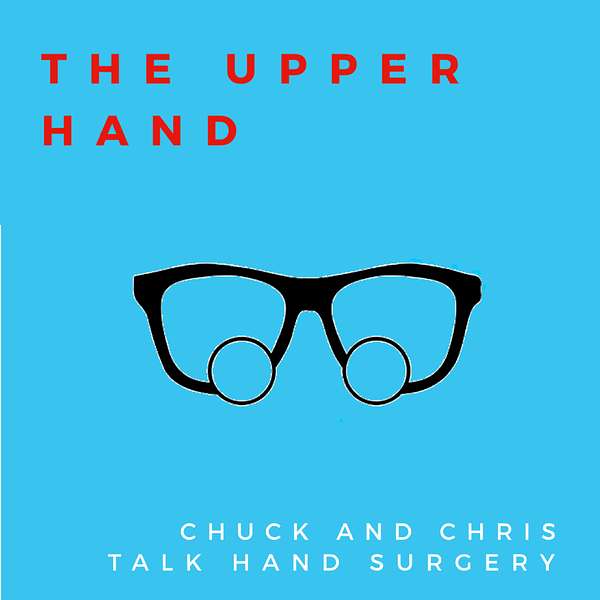
The Upper Hand: Chuck & Chris Talk Hand Surgery
The Upper Hand: Chuck & Chris Talk Hand Surgery
What's New in Hand Surgery, 2025 Part 2
Chuck and Chris discuss the new JBJS article, What's New in Hand Surgery, written by Drs Wager and Suh. Lots of great content in Part 2 on many topics including distal radius fracture, nerve injury, arthroscopy, arthroplasty and so much more.
Citation
Wager ER and Su N. What's New in Hand and Wrist Surgery. JBJS 2025; 107:543-51
Please complete our survey: https://bit.ly/3iHGFpD
See www.practicelink.com/theupperhand for more information from our partner on job search and career opportunities.
The Upper Hand Podcast is sponsored by Checkpoint Surgical, a provider of innovative solutions for peripheral serve surgery. To learn more, visit https://checkpointsurgical.com/.
Subscribe to our newsletter: bit.ly/3X0Gq89
As always, thanks to @iampetermartin for the amazing introduction and concluding music.
For additional links, the catalog. Please see https://www.ortho.wustl.edu/content/Podcast-Listings/8280/The-Upper-Hand-Podcast.aspx
Summary
Nerve Decompression and Transposition Advancements
Chris and Charles discussed the recent publication by their colleagues, Eric Wagner and Nina Su, detailing advancements in hand and wrist surgery. They discussed the importance of understanding the nuances of nerve decompression and transposition, and how these procedures had evolved in their practice over the last six months.
They also touched on the topic of distal radius surgery, particularly the importance of maintaining proper sagittal alignment to ensure better clinical outcomes.
They discussed the implications of the recent increase in the use of nerve allografts for nerve gaps larger than 4 cm, and how this might impact their practice moving forward. They also expressed concerns about the overuse of nerve transfers for radial nerve injuries, and the potential consequences of this trend.
The conversation ended with a discussion on the topic of wrist arthroscopy, with Chris expressing his reservations about the use of low fidelity training models for this procedure.